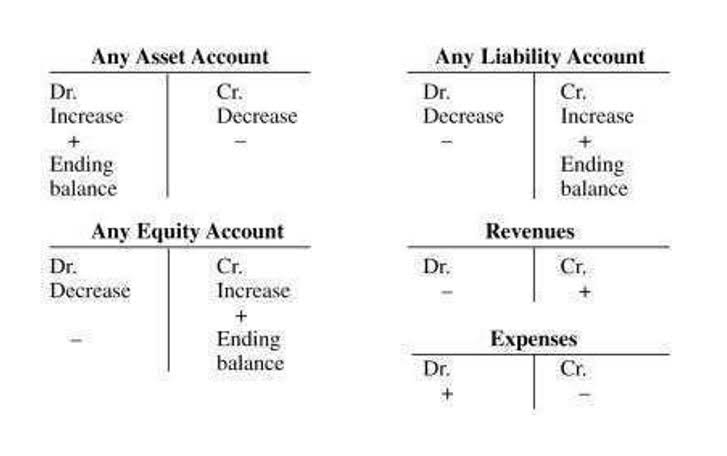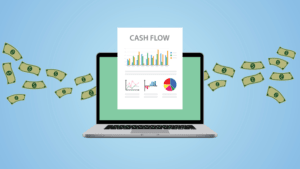Current asset Wikipedia
Content

Current assets are those assets that easily convert into cash in a year. This includes things like cash and investments, inventory, and accounts receivable. Fixed assets include property, plant, and equipment because they are tangible, meaning that they are physical in nature; we may touch them.
What are current assets vs fixed assets?
Current assets are short-term assets, which are held for less than a year, whereas fixed assets are typically long-term assets, held for more than a year.
That information, along with other information in the notes, assists users of financial statements in predicting the entity’s future cash flows and, in particular, their timing and certainty. If services have been performed and revenue has not yet been collected, then the amount to be collected will fall under “accounts receivable” on a company’s balance sheet. These liabilities are noncurrent, but the category is often defined as “long-term” in the balance sheet. Companies will use long-term debt for reasons like not wanting to eliminate cash reserves, so instead, they finance and put those funds to use in other lucrative ways, like high-return investments. A high ratio can indicate that the company is not effectively utilizing its assets. For example, companies could invest that money or use it for research and development, promoting longer-term growth, rather than holding a large amount of liquid assets.
Managing Your Current Assets
Here, they include receivables due to Exxon, along with cash and cash equivalents, accounts receivable, and inventories. Total current assets for fiscal-year end 2021 were $59.2 billion. Current assets are generally reported on the balance sheet at their current or market price.
- Financial planning and analysis professionals calculate financial ratios for the following reasons for internal reasons.
- Typically, the company will list assets on their balance sheet with the most liquid assets, like cash, at the top and less liquid assets at the bottom.
- Marketable securities include assets such as stocks, Treasuries, commercial paper, exchange traded funds (ETFs), and other money market instruments.
- Many or all of the products featured here are from our partners who compensate us.
Business owners and the financial team within a company may use the current ratio to get an idea of their business’s financial well-being. Accountants also often use this ratio since accounting deals closely with reporting assets and liabilities on financial statements. Companies have to list current assets on their balance sheets, so finding a company’s current assets is as easy as looking at the top of the sheet. Current assets will be listed in order from the top to the bottom of the sheet by their ease of liquidity.
Net worth of U.S. families by income
Whether you want to approach investors, lenders, or investment bankers, you need to plan thoroughly. Technically, looking at your balance sheets and making corrections to streamline and make a manufacturing process more efficient is a means of growing current assets business definition capital. Even bootstrapping a business during the initial phases can net capital growth. For example, intellectual property is a form of capital for tech companies and publishers. We constantly see the term ‘capital’ throughout the business world.

Accounts receivable are the money customers owe the seller or business. Since most customer payments are converted to cash within a year, it’s listed as a current asset. For example, a furniture company designs a couch for a customer with the agreement that the customer will be billed once the couch is delivered.
Key characteristics of current assets
Companies use the return on assets ratio to determine how much profits they generate from total assets or resources, including current and noncurrent assets. This means that you’ll want to find the sum of a company’s cash holdings, cash equivalents, accounts receivable, inventory, prepaid expenses, and securities holdings. NWC captures the operating current assets and current liabilities to quantify the minimum cash balance, which is the amount of cash required to be on hand for operations to continue running as usual. The balance sheet (or statement of financial position) is one of the three basic financial statements that every business owner analyzes to make financial decisions. A balance sheet reports your firm’s assets, liabilities, and equity as of a specific date. The current ratio describes the relationship between a company’s assets and liabilities.
In other words, these assets last longer than one year and can be used to benefit the company beyond the current period. The most common non-current assets include property, plant, and equipment. These represent https://www.bookstime.com/articles/cash-flows-from-operating-activities Exxon’s long-term investments like oil rigs and production facilities that come under property, plant, and equipment (PP&E). Total noncurrent assets for fiscal-year end 2021 were $279.7 billion.
What can you do with current assets?
That means that you have more spending power available to you, but it does not make it an asset itself. If you’re not eligible to make a withdrawal without a penalty, the account is less liquid. Part of what makes an asset liquid is that you don’t take a significant loss when converting it to cash, so having to pay a penalty would make a 401(k) illiquid. Like liquid, liquid assets are assets that can easily flow, whether that be from owner to owner or place to place. It can use an asset to purchase and a new one (spend cash for something else).
Sam is a generalist with deep knowledge of lead generation and scaling acquisition and sales. When you think of trading capital, think of a large brokerage firm like J.P. Each of these firms allocate a specific amount of trading capital for financial professionals to make trades.
Is service revenue a current asset?
When an accountant or business owner looks at a balance sheet, capital refers to any company asset. This includes equipment, facilities, cash, and cash equivalents, like stocks, bonds, and other investments. The balance sheet is one of three financial statements that explain your company’s performance. Review your balance sheet each month, and use the analytical tools to assess the financial position of your small business.

Common financial ratios come from a company’s balance sheet, income statement, and cash flow statement. A company’s current ratio is a less strict form of the quick ratio. This ratio compares all of a company’s assets that are expected to be liquidated within a year to all of the liabilities the company is expected to owe in the next year.